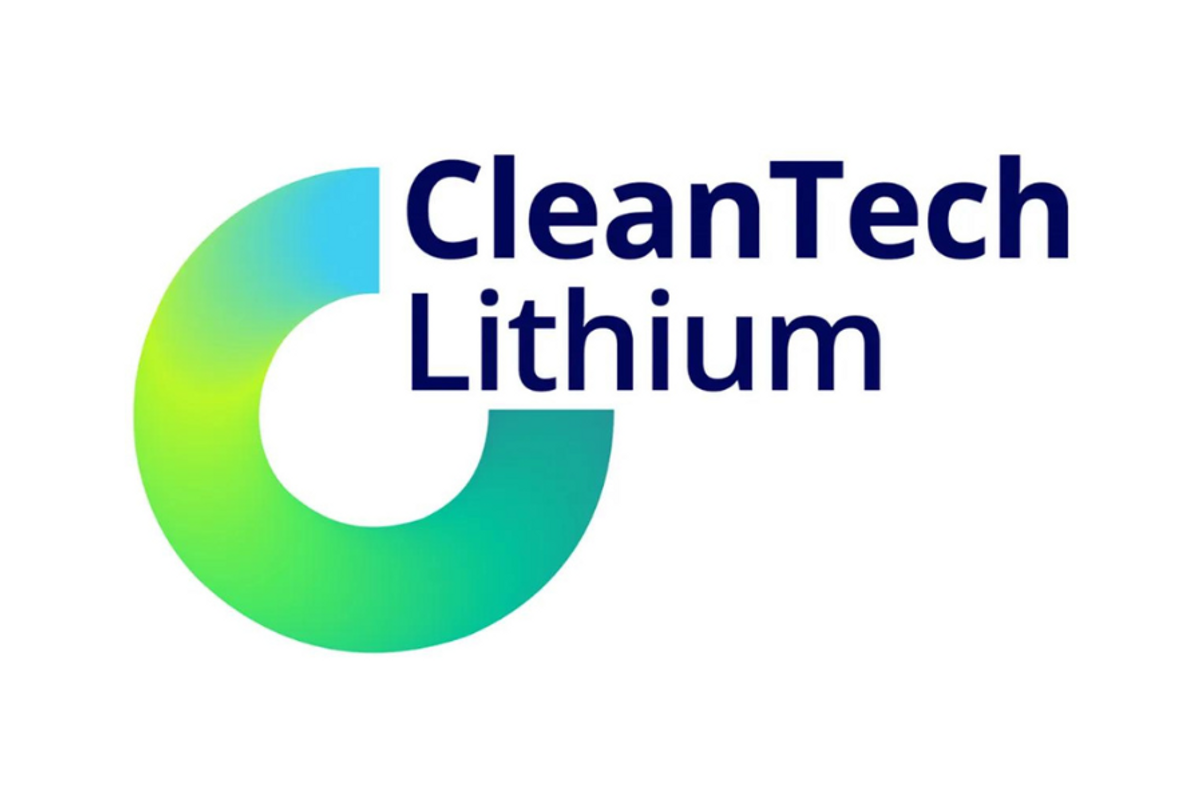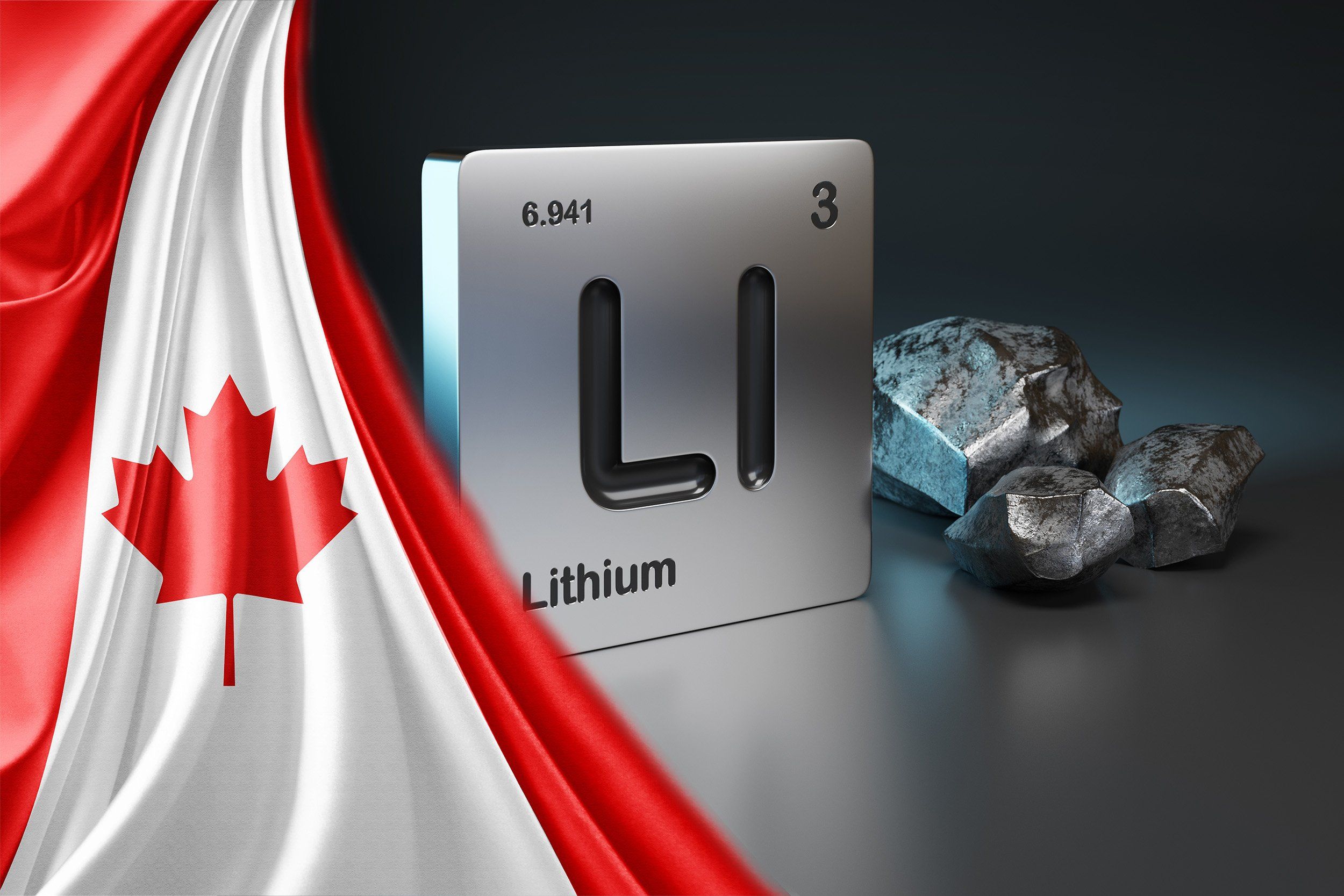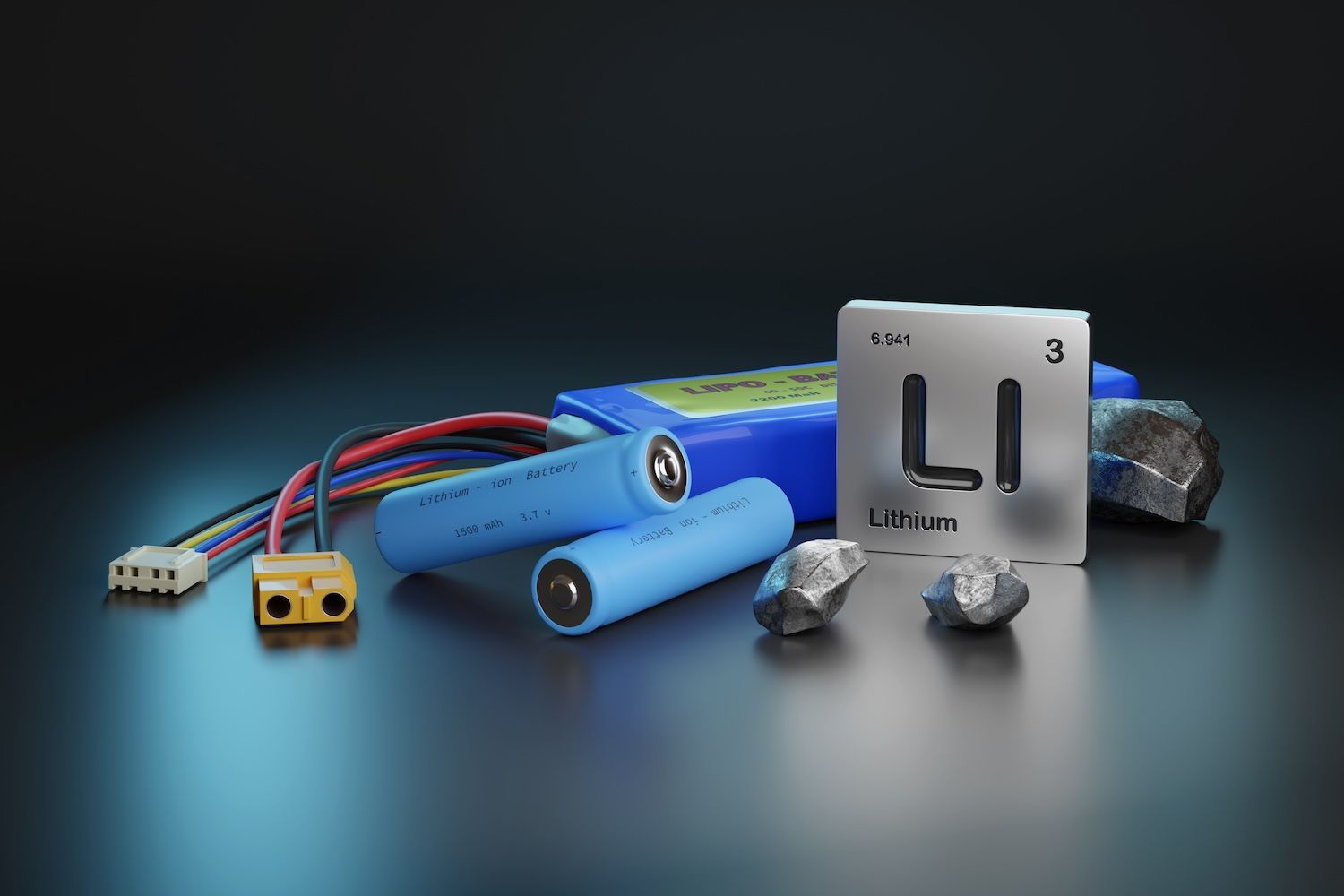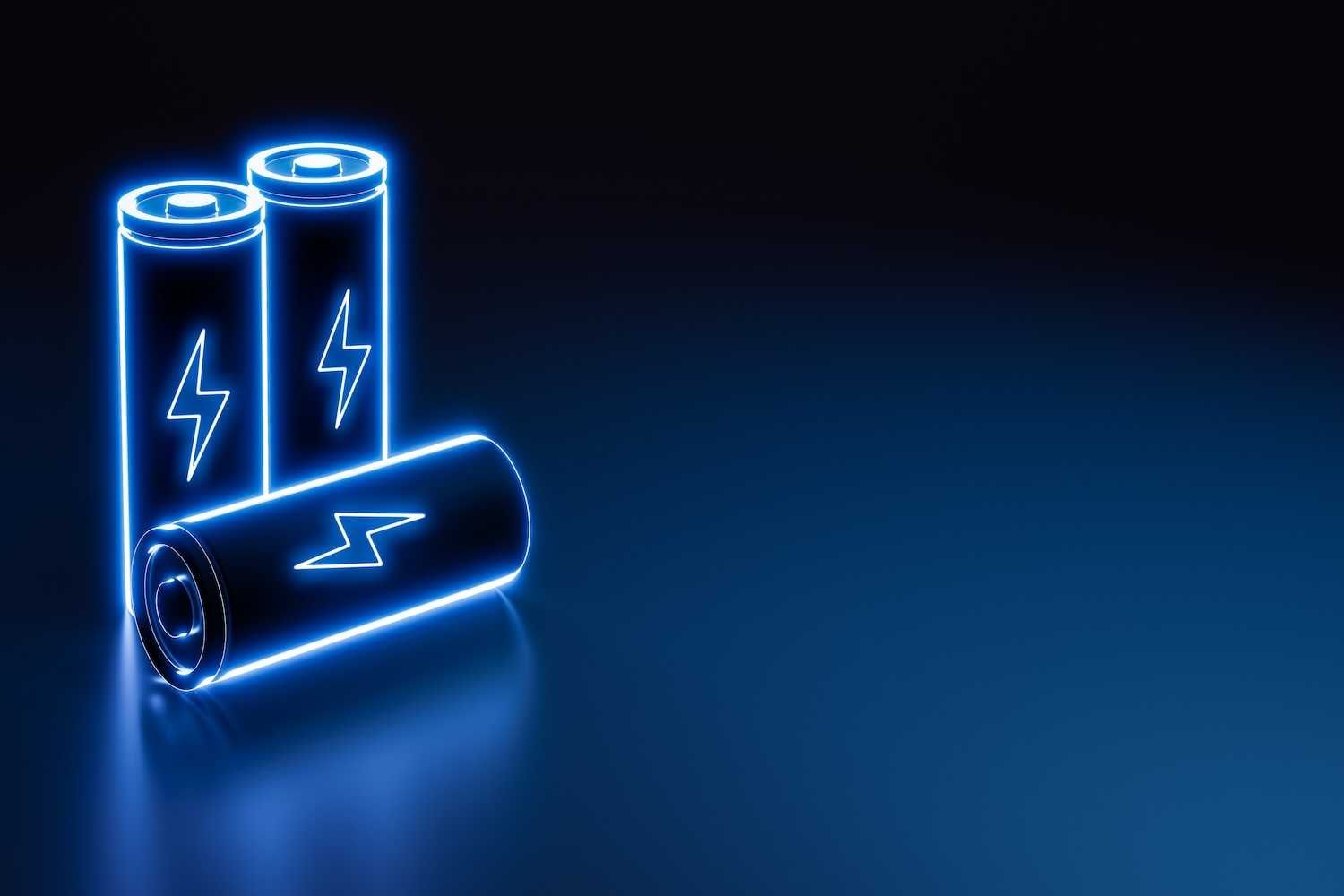
February 09, 2023
CleanTech Lithium (AIM:CTL), an exploration and development company, advancing the next generation of sustainable lithium projects in Chile, announces that all of the exploration licences at the prospective greenfield project covering a total area of over 344 km2 (the "Llamara Project") which the Company applied for in Q2 2022, have been granted by the Chilean authorities. The Company plans to commence an exploration drilling programme at the project in the coming weeks.
Highlights:
· The Llamara Project is located within the Lithium Triangle in northern Chile, 600km north of the Company´s two flagship projects, Laguna Verde and Francisco Basin
· Historical geophysics lines completed by an oil exploration company shows an extensive subsurface low resistivity zone which is interpreted to be a brine aquifer in the project area with an aquifer thickness of several hundred metres
· The aquifer has not been sampled for lithium, however elevated lithium grades are recorded in surface evaporite deposits, indicating a lithium source within the basin
· A drilling programme to test the subsurface aquifer will commence in the coming weeks with the drilling of a low-cost exploration drill hole, subject to obtaining the necessary local approvals
· The drill site was selected based on information from a geophysics survey which interprets a thick hypersaline aquifer at the location starting from a depth of approximately 240m
· Separately, a geology consultant has been engaged to complete a field and desk-top study on the near surface evaporite lithium mineral potential in the project area
· If a lithium resource is established at the greenfield project, either based on the subsurface aquifer or surface evaporites, it is expected Direct Lithium Extraction ("DLE") would be utilised for processing to minimise the environmental impact of lithium extraction
· With drilling programmes at the more advanced Laguna Verde and Francisco Basin projects ongoing, the Company is extremely active with resource drilling programmes expected to be progressing at all three projects simultaneously shortly.
Commenting, Aldo Boitano, Chief Executive Officer, of Cleantech Lithium PLC, said:
"We are very pleased to have been granted the Llamara licences by the Chilean authorities, allowing us to move forward with an exploration drilling programme. This is a large licence area covering 344 km2 within which a historical geophysics survey interprets a thick subsurface brine aquifer. The planned drilling will aim to establish if the brine aquifer is enriched in lithium. We will also carry out a field and desk-top study on the potential for a surface evaporite lithium deposit in the project area.
"Drilling programmes to expand existing resource estimates at our Laguna Verde and Francisco Basin projects are ongoing with Llamara providing additional exploration potential. We are not aware of any exploration company in the lithium sector that has progressed resource drill programmes at three projects concurrently, which further highlights the quality of the team we have in Chile.
"We will endeavour to keep the market up to date with our progress and expect to announce the results of the initial drilling at Llamara in early Q2 2023."
Further Information:
Exploration Drilling Programme to Test Subsurface Brine Aquifer
The primary exploration target at the Llamara Project is to test the lithium enrichment of a subsurface brine aquifer interpreted from historical geophysics surveys. Within the project area, two geophysics lines based on transient electromagnetics ("TEM") were completed by an oil exploration company. The location of Lines 45 and 24 in relation to the licence area is shown in Figure 1.

Figure 1. Historical Geophysics Lines Intersecting Project Area
TEM based geophysics provide a resistivity signal with the lowest resistivity correlated to brine aquifers, as dissolved salt ions in brine are highly transmissive. Figure 2 presents the resistivity profile of several TEM stations on the eastern side of Line 24, which are located on the recently granted licence area. The lowest resistivity band which is shown by the light magenta colour scheme measuring resistivity of <1.0 Ohm, is interpreted to correlate to highly concentrated brine. An exploration drilling hole LM01 is planned at the location of TEM station 39, where the resistivity profile indicates the brine aquifer has an approximate starting depth of 240m.

Figure 2. Historical Geophysics Lines Intersecting Project Area
An Aircore drilling rig will be mobilised to the site in the coming weeks with the capacity to drill to a depth of 700m. The exploration well will not initially be cased or developed as this is a relatively low-cost drilling method designed to intersect the brine aquifer, collect brine samples and test the lithium enrichment. The results of this initial drilling program are expected in early Q2 2023 and will be reported to the market.
Evaluation of Surface Evaporite Lithium Resource Potential
The Company has engaged a Chilean geological consultant to undertake a field and desk-top study to evaluate the lithium resource potential of any near surface evaporite minerals, formed by the natural evaporation of brine, in the project area. A private Chilean company with licences immediately west of CleanTech Lithium´s project has reported an NI43-101 compliant resource of 1.2 million tonnes of Lithium Carbonate Equivalent ("LCE") at an average grade of 956ppm Li (peak grade of 3,560ppm Li) based on an evaporite deposit.
If a lithium resource is established at the project either based on the subsurface aquifer or surface evaporites, DLE would be utilised for processing to minimise the environmental impact of lithium extraction.
Competent Person
Christian Gert Feddersen Welkner: Geologist and Master of Science, major in geology (University of Chile). With more than 20 years of experience, Mr Feddersen is a qualified person, as defined in the AIM Note for Mining, Oil and Gas Companies (June 2009), independent of the company and a member of the Chile Mining Resources and Reserves Competence Qualifying Commission, a "Recognised Professional Organisation" (OPR). He is registered with No. 132 in the public registry of Competent Persons in Mineral Resources and Reserves, under the Law of Competent Persons and its Regulations in force in Chile. Mr Feddersen, who has reviewed and approved the geological information included in the announcement, has sufficient experience relevant to the style of mineralisation and type of deposit under consideration and the activity being undertaken and qualifies as a competent person, as defined in the JORC Code.
-ENDS-
For further information contact: | ||
CleanTech Lithium PLC | ||
Aldo Boitano/ Gordon Stein | Jersey office: +44 (0) 1534 668 321 Chile office: +562-32239222 | |
Or via Celicourt | ||
Celicourt Communications | +44 (0) 20 8434 2754 | |
Felicity Winkles/Philip Dennis/ Ali AlQahtani | ||
Dr. Reuter Investor Relations Dr. Eva Reuter Beaumont Cornish Limited (Nominated Adviser) Roland Cornish/Asia Szusciak | +49 69 1532 5857 +44 (0) 207 628 3396 | |
Fox-Davies Capital Limited (Joint Broker) | +44 20 3884 8450 | |
Daniel Fox-Davies Canaccord Genuity Limited (Joint Broker) James Asensio Gordon Hamilton | +44 (0) 207 523 4680 |
The information communicated within this announcement is deemed to constitute inside information as stipulated under the Market Abuse Regulations (EU) No 596/2014 which is part of UK law by virtue of the European Union (Withdrawal) Act 2018. Upon publication of this announcement, this inside information is now considered to be in the public domain. The person who arranged for the release of this announcement on behalf of the Company was Gordon Stein, Director and CFO.
Notes
CleanTech Lithium (AIM:CTL) is an exploration and development company, advancing the next generation of sustainable lithium projects in Chile. Proudly sustainable, committed to net-zero, our mission is to produce material quantities of battery grade, carbon-neutral lithium using proven sustainable Direct Lithium Extraction technology, powered by clean energy, we plan to be the greenest lithium supplier to the EV market.
CleanTech Lithium has three prospective lithium projects - Laguna Verde, Francisco Basin and Llamara - located in the lithium triangle, the world's centre for battery grade lithium production. The Laguna Verde and Francisco Basin projects are situated within basins entirely controlled by the Company, which affords significant potential development and operational advantages. Llamara is the Company's latest greenfield project, which offers material potential upside at a low initial cost. All three projects have direct access to excellent infrastructure and renewable power.
CleanTech Lithium is committed to using renewable power for processing and reducing the environmental impact of its lithium production by utilising Direct Lithium Extraction. Direct Lithium Extraction is a transformative technology which only removes lithium from brine, with higher recoveries and purities. The method offers short development lead times, low upfront capex, with no extensive site construction and no evaporation pond development so there is no water depletion from the aquifer or harm to the local environment.

Sign up to get your FREE
CleanTech Lithium Investor Kit
and hear about exciting investment opportunities.
- Corporate info
- Insights
- Growth strategies
- Upcoming projects
GET YOUR FREE INVESTOR KIT
The Conversation (0)
02 November
CleanTech Lithium
Premium lithium projects located in established mining districts to meet battery and EV demand
Premium lithium projects located in established mining districts to meet battery and EV demand Keep Reading...
05 November
Top 5 Canadian Lithium Stocks of 2025
The global lithium market saw sharp swings in Q3 2025 as shifting supply dynamics, policy uncertainty, and geopolitical developments reshaped investor sentiment. After hitting a four-year low in June, benchmark lithium carbonate prices briefly surged to an 11 month high in August on speculation... Keep Reading...
24 October
PMET Releases Lithium-Only Feasibility Study for Shaakichiuwaanaan in Québec
PMET Resources (ASX:PMT, TSX:PMET,OTCQX:PMETF) has completed a lithium-only feasibility study on the CV5 deposit of its Shaakichiuwaanaan lithium project in Northern Québec. The company said the feasibility study confirms the project is a large-scale and long-life operation, with CV5’s probable... Keep Reading...
22 October
Lithium Market Update: Q3 2025 in Review
Volatility punctuated the global lithium market during the third quarter of 2025, with prices, supply/demand dynamics and geopolitics converging to reshape the landscape. After slipping to a four year low at the end of June, benchmark lithium carbonate prices rallied through July to reach an 11... Keep Reading...
22 October
Argentina Lithium & Energy Corp. Announces Initial Mineral Resource Estimate at the Rincon West Lithium Project
TSX Venture Exchange (TSX-V): LITFrankfurt Stock Exchange (FSE): OAY3OTCQX Venture Market: LILIF Argentina Lithium & Energy Corp. (TSX-V: LIT, FSE: OAY3, OTCQX: LILIF), ("Argentina Lithium" or the "Company") is pleased to announce the results of the first Mineral Resource estimate ("MRE") for... Keep Reading...
Latest News

Sign up to get your FREE
CleanTech Lithium Investor Kit
and hear about exciting investment opportunities.
- Corporate info
- Insights
- Growth strategies
- Upcoming projects
GET YOUR FREE INVESTOR KIT
Latest Press Releases
Related News
TOP STOCKS
American Battery4.030.24
Aion Therapeutic0.10-0.01
Cybin Corp2.140.00






